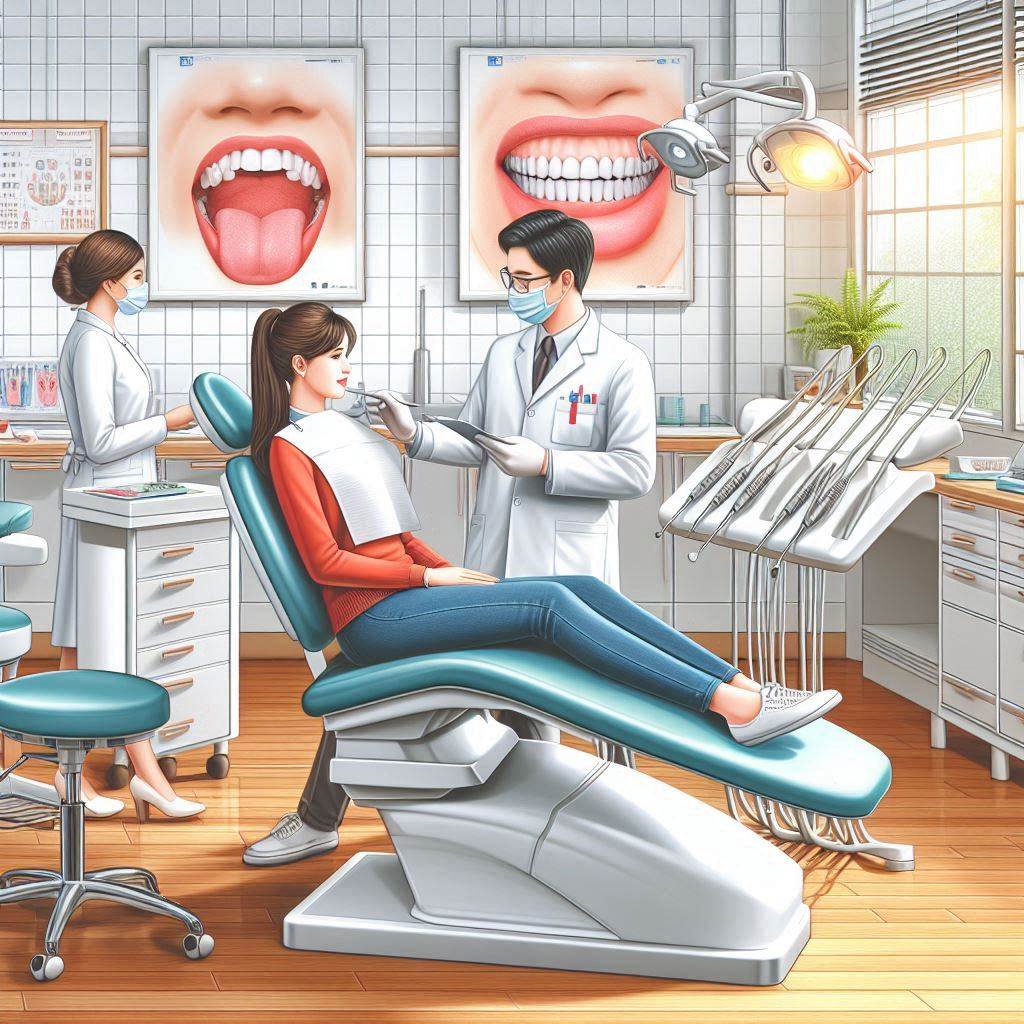D2980 Dental Code
The D2980 dental code is a Current Dental Terminology (CDT) code used for crown repairs, specifically referring to repairs of fractured or chipped crowns rather than full replacements. This procedure is crucial for maintaining the functionality and longevity of a dental crown, ensuring that patients avoid more invasive and costly treatments.
Dental crowns are commonly used to restore damaged or decayed teeth, but they can become compromised due to wear and tear, accidents, or biting into hard objects. The D2980 code ensures that patients receive necessary repairs without having to replace the entire crown.

2. Understanding the Purpose of D2980
The D2980 dental code serves several key functions in dentistry:
- Preserves Existing Crowns: Instead of replacing a crown, this procedure allows for minor repairs, saving time and money.
- Enhances Longevity: Properly repairing a damaged crown ensures it remains functional for years.
- Minimally Invasive: Unlike full crown replacements, this procedure requires minimal preparation and preserves tooth structure.
3. When is D2980 Used?
D2980 is typically used in cases such as:
- Minor Chipping or Fractures: Small cracks in ceramic or porcelain crowns.
- Discoloration or Staining: Staining that affects the crown’s aesthetics.
- Wear and Tear Damage: Small repairs due to long-term usage.
- Loosened or Partially Detached Crowns: When a portion of the crown becomes dislodged but is still functional.
4. D2980 vs. Other Dental Codes
| Dental Code | Procedure | Purpose |
|---|---|---|
| D2980 | Crown Repair | Used for fixing minor damages to crowns |
| D2750 | Full Crown | Placement of a porcelain-fused-to-metal crown |
| D2999 | Unspecified Restoration | Covers any restorative work not defined under existing codes |
| D2940 | Sedative Filling | Temporary filling to soothe a damaged tooth |
Understanding these differences is crucial for both dentists and patients to ensure correct billing and treatment.
5. Procedure for D2980: Step-by-Step Breakdown
- Examination: The dentist assesses the damage using X-rays and a clinical examination.
- Cleaning the Crown: The affected area is cleaned to remove debris and bacteria.
- Repair Application: Composite resin or ceramic materials are used to fix the damage.
- Bonding and Polishing: The repair is bonded and polished for a seamless finish.
- Final Check: The dentist ensures proper fit and bite alignment.
6. Materials Used in Crown Repairs
The materials used for crown repairs vary based on the crown type and damage severity. Common materials include:
- Composite Resin: Matches natural tooth color.
- Dental Cement: Used for minor attachment issues.
- Porcelain or Ceramic: Best for aesthetic restorations.
7. Cost of D2980: Factors Influencing Price
The cost of D2980 varies based on factors such as:
- Geographic Location: Prices differ between urban and rural areas.
- Dentist’s Experience: Highly experienced dentists may charge more.
- Extent of Damage: Minor repairs cost less than extensive ones.
- Insurance Coverage: Some policies fully cover repairs, while others require co-pays.
8. Insurance Coverage for D2980
Most dental insurance plans cover D2980 crown repairs under restorative procedures. However, coverage varies, so it’s important to:
- Check policy details.
- Confirm with your dental provider.
- Understand out-of-pocket costs.
9. Common Issues Requiring Crown Repairs
- Cracks and Chips
- Worn-Down Surfaces
- Loose or Detached Crowns
- Aesthetic Corrections
10. Patient Experience: What to Expect During and After the Procedure
- During the Procedure: Minimal discomfort, quick process.
- After the Procedure: Avoid chewing hard foods for 24 hours.
- Recovery Time: Immediate return to normal activities.
11. Pros and Cons of Crown Repairs Under D2980
Pros:
- Cost-effective alternative to crown replacement.
- Quick and minimally invasive.
- Prolongs crown lifespan.
Cons:
- Not suitable for severe damage.
- May require future touch-ups.
12. Alternative Treatments to D2980
- D2750 Full Crown Replacement
- Veneers for Aesthetic Issues
- Dental Bonding for Minor Fixes
13. Latest Advances in Dental Crown Repair
- Laser Bonding for Stronger Adhesion
- 3D-Printed Crowns and Repairs
- Nanotechnology in Dental Resins
14. Case Studies and Real-Life Examples
- Case Study 1: Successful repair of a 5-year-old ceramic crown.
- Case Study 2: Insurance-covered crown repair saving a patient $500.
15. FAQs on D2980 Dental Code
Q1: How long does a crown repair last?
A: Typically, 3-10 years depending on maintenance.
Q2: Is the procedure painful?
A: No, most patients experience minimal discomfort.
Q3: Can all crowns be repaired?
A: It depends on the damage. Some cases require full replacements.
16. Conclusion
The D2980 dental code plays a crucial role in maintaining existing crowns without requiring full replacements. It is a cost-effective, minimally invasive procedure that extends the life of dental crowns. Understanding insurance coverage and alternative treatments can help patients make informed decisions.
17. Additional Resources
- American Dental Association (ADA): www.ada.org
- National Institute of Dental and Craniofacial Research: www.nidcr.nih.gov


